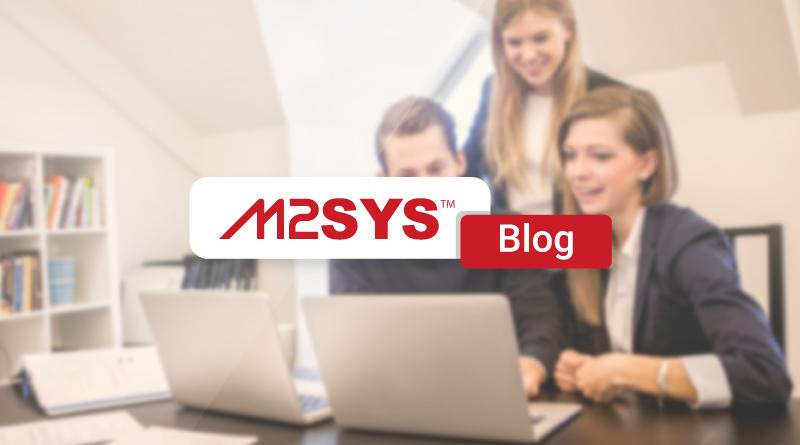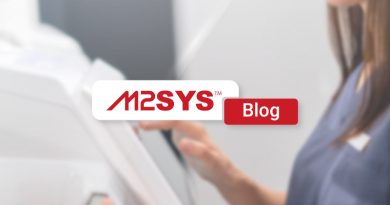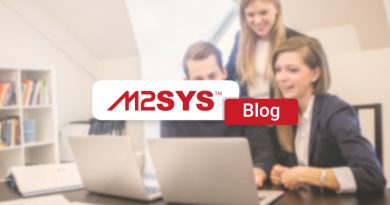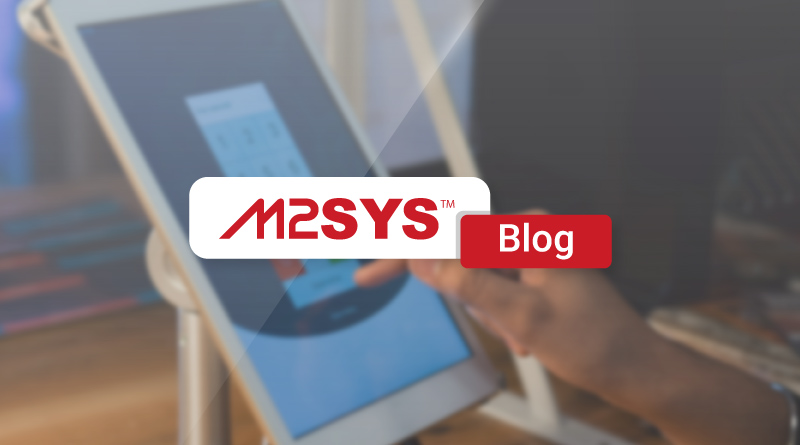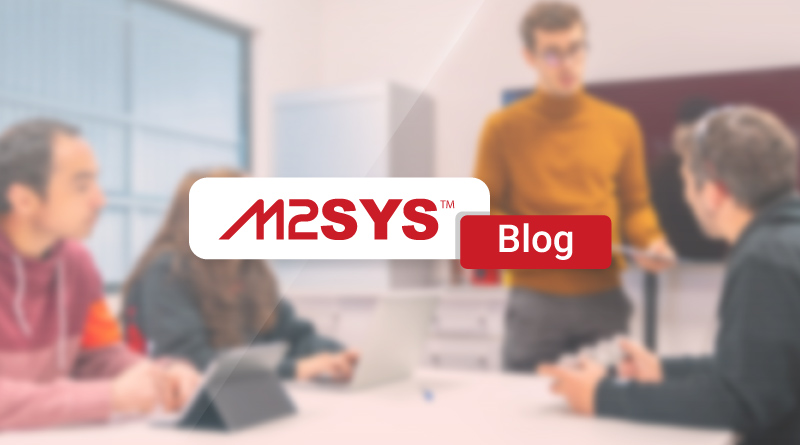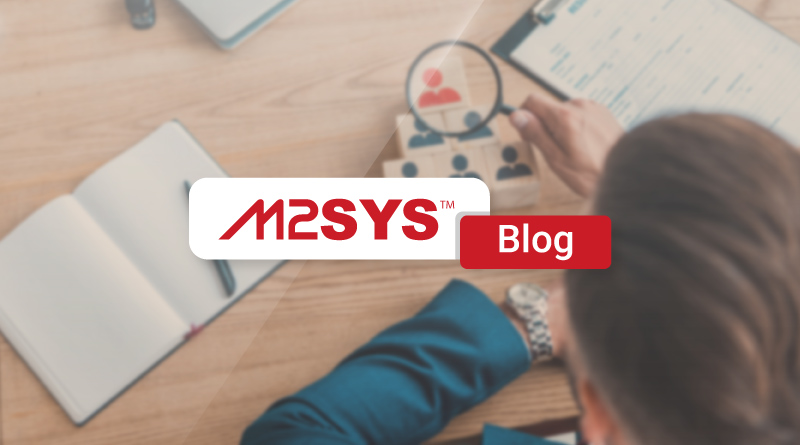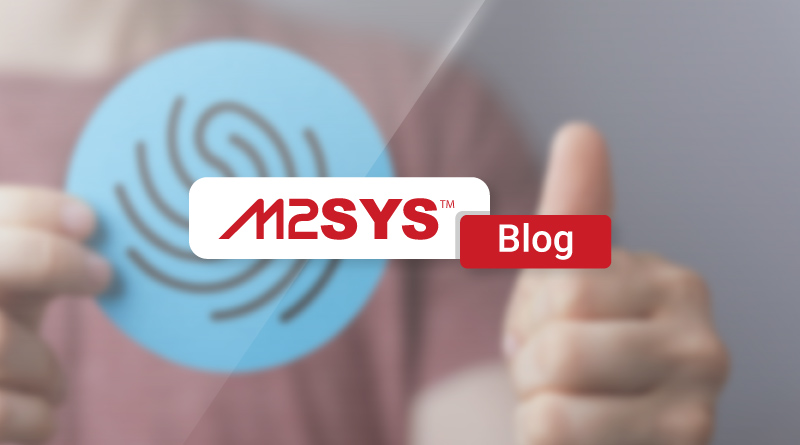Automate Infrastructure Projects with Centralized Issue Reporting
Automation in urban infrastructure projects is transforming city management. By utilizing centralized issue reporting, cities can efficiently manage large-scale tasks, improving transparency and citizen satisfaction. M2SYS solutions offer no-code configuration, mobile-first design, and seamless integration, paving the way for sustainable urban development.
TL;DR
- Transform urban infrastructure management with automation and centralized issue reporting, ensuring seamless city operations.
- Overcome traditional project management challenges like coordination, compliance, and permit processing delays.
- Leverage M2SYS solutions for no-code configuration, mobile-first design, and seamless integration to streamline processes.
- Enhance efficiency, transparency, and compliance with automated workflows, reducing errors and saving time.
- Engage stakeholders, provide training, and monitor performance for successful implementation of automated solutions.
- Experience measurable benefits like improved project timelines, cost savings, and increased citizen satisfaction.
Ready to revolutionize your city's infrastructure management? Contact M2SYS today to learn more about implementing these transformative solutions.
Imagine waking up in a city where everything operates seamlessly. Roads are repaired, new parks are unveiled, and public transport runs without a hitch. It sounds like a dream, but it’s closer to reality than you might think, thanks to automation in urban infrastructure projects. By utilizing centralized issue reporting, cities can revolutionize how they manage and execute these large-scale tasks. Let’s explore how this works and why it’s essential for today’s rapidly expanding urban areas.
What Makes Urban Infrastructure Projects So Challenging?
Cities are like living organisms, constantly evolving. This makes managing infrastructure projects a complex puzzle. Government agencies, contractors, and citizens are all involved, each with their own needs and responsibilities. Unfortunately, traditional management methods often lead to delays and cost overruns. Here’s a closer look at why these challenges arise:
Why Is Coordination So Tough?
Imagine organizing a large family reunion with relatives scattered across the country. Now, multiply that complexity by a thousand, and you get a sense of coordinating urban infrastructure projects. Different departments and contractors need to collaborate seamlessly, but they often rely on outdated communication methods. This can cause inefficiencies and slow down the entire project.
How Do Inspections and Compliance Affect Timelines?
Infrastructure projects must pass numerous inspections and meet strict compliance standards. With manual scheduling and reporting, these processes can become bottlenecks, resulting in long delays and making it difficult for projects to stay on track and within budget.
Why Is Permit Processing a Headache?
Obtaining the necessary permits for projects is like jumping through hoops. Paper-based processes are still common, and they are slow and prone to errors. This can delay projects and frustrate citizens waiting for improvements in their neighborhoods.
How Can Automation Help Urban Infrastructure Management?
So, what’s the solution? Automation! By automating these processes, cities can overcome many of the hurdles they face. Automation can make everything more efficient, transparent, and engaging for citizens. Let’s see how it works:
What Is Centralized Issue Reporting?
Imagine a system where citizens can report issues through mobile apps, online portals, or even call centers. These reports are then automatically sent to the appropriate teams. This kind of centralized issue reporting ensures that problems are addressed quickly and efficiently. It also boosts transparency and accountability, helping cities gain the trust of their residents.
How M2SYS Solutions Lead the Way
M2SYS offers a platform that’s making waves in urban infrastructure management. Their solutions help cities automate and streamline project management, ensuring that everything runs smoothly and on time. Here are some standout features:
What Are the Key Features of M2SYS Solutions?
- No-Code Configuration: This allows cities to tailor the system to their needs without needing a developer.
- Mobile-First Design: Inspectors can instantly report their findings using mobile devices.
- Seamless Integration: The platform connects easily with existing systems, making the transition smooth.
- Cloud-Hosted and Secure: Offers a reliable and secure way to manage projects.
- Data-Driven Governance: Provides real-time analytics for smarter decisions.
- Multilingual and Localized: Ensures that everyone can use the system, no matter their language.
How to Implement Automated Solutions Successfully
Thinking about adopting automated solutions? Here are some practical tips:
1. How to Conduct a Needs Assessment
Start by understanding what your organization needs. Identify any pain points in your current processes so you know where automation can make the most impact.
2. Why Engage Stakeholders?
Make sure everyone is on board right from the start. This includes municipal departments, contractors, and even citizen representatives. By involving all stakeholders, you ensure that the solution addresses everyone’s needs.
3. How Important is Training and Support?
Training is key to making sure everyone can use the new system effectively. Provide comprehensive training and ongoing support to ensure a smooth transition and to maximize the benefits of automation.
4. How to Monitor and Evaluate Performance
Regularly check how well the system is working. Gather feedback from users to find areas for improvement. Use data insights to continuously refine processes and boost efficiency.
What Are the Measurable Outcomes and Benefits?
Adopting automation and centralized issue reporting offers tangible benefits that can make a big difference:
How Does Automation Enhance Efficiency?
By automating tasks, cities can reduce manual labor, cut down on errors, and speed up processes. This not only saves money but also improves project timelines.
Why Is Improved Transparency Important?
Centralized oversight and real-time updates make everything more transparent. This builds trust and satisfaction among citizens.
How Does Automation Streamline Compliance?
Automated workflows ensure that projects meet all local and federal standards effortlessly, reducing the risk of regulatory issues.
Conclusion: The Future of Urban Infrastructure
The demand for smarter, faster urban services is growing. Automating infrastructure project management with centralized issue reporting is not just a tech upgrade—it’s a transformation. By choosing platforms like M2SYS, cities can improve efficiency, enhance citizen satisfaction, and set the stage for sustainable urban development. The time to act is now, as these solutions promise benefits that go beyond immediate project outcomes, paving the way for a brighter urban future.
How-To Guide
- How to conduct a needs assessment for urban automation?
Identify pain points in current processes and determine where automation can offer the most impact. A thorough needs assessment is crucial for successful implementation. - How to engage stakeholders in adopting automated solutions?
Invite relevant municipal departments, contractors, and citizen representatives to participate from the start to ensure the solution meets everyone's needs. Learn more about stakeholder engagement under AI solutions here. - How important is training and support?
Comprehensive training and ongoing support are vital for ensuring that all users can effectively utilize the new system, maximizing the benefits of automation. - How to monitor and evaluate performance after implementation?
Regularly assess system performance by gathering user feedback and using data insights to refine processes continually, boosting efficiency and ensuring smoother operations.
FAQ
- What are the challenges in managing urban infrastructure projects?
Urban infrastructure projects face challenges like coordination complexity among various departments, inspection and compliance bottlenecks, and slow permit processing. Traditional methods often lead to delays and cost overruns. Learn more about overcoming these challenges. - How does automation improve urban infrastructure management?
Automation can streamline processes, enhance transparency, and engage citizens more effectively. Automated systems can make coordination, compliance, and permit processing more efficient. For details on automated infrastructure management, visit this link. - What are the core features of M2SYS solutions for urban management?
M2SYS solutions offer features such as no-code configuration, mobile-first design, seamless integration, a cloud-hosted and secure platform, data-driven governance, and multilingual support. For more on M2SYS solutions, see here. - How does centralized issue reporting benefit cities?
Centralized issue reporting allows citizens to report issues quickly, which are then addressed efficiently by the appropriate teams. This boosts transparency and trust between the government and citizens. Check out more about automated citizen interactions here.

